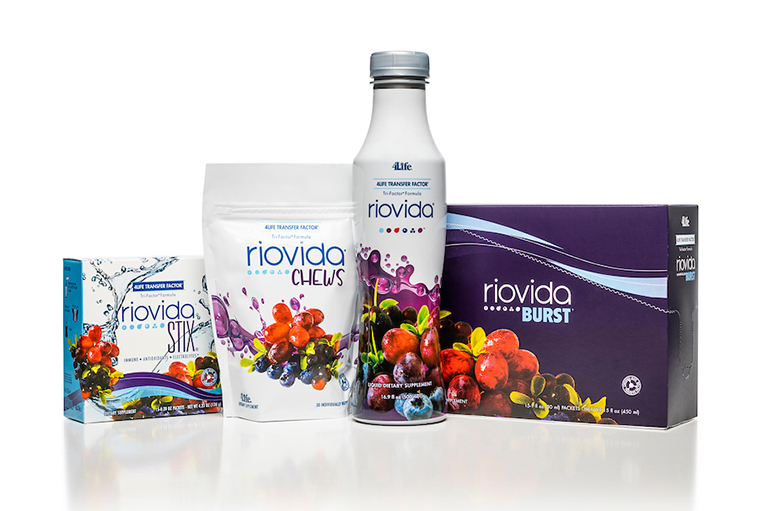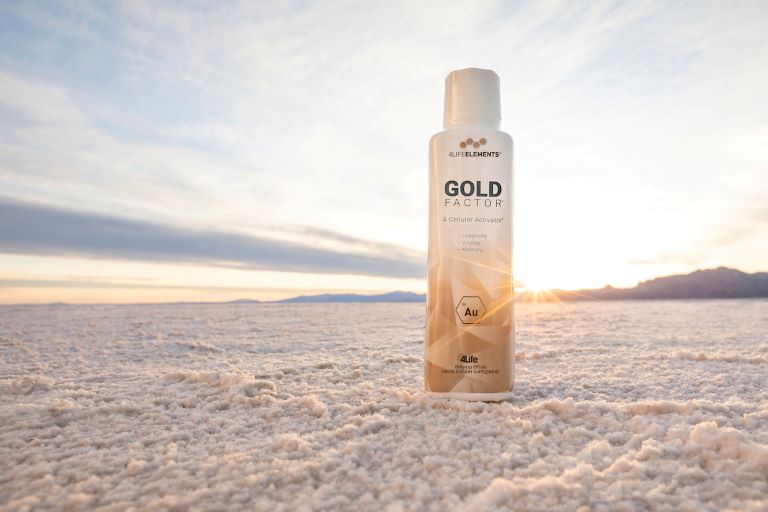Are you sure you want to leave 's MyShop site?
Are you sure you want to leave 's MyShop site?
Are you sure you want to leave 's MyShop site?
Are you sure you want to leave 's MyShop site?

Quality of life: we all want it, and it’s affected as we age. With medical advances and improvements in the environment, average lifespan is now about 70 years. As we live longer, it has become clear that quality of life trumps quantity, or length, of life.
A normal part of the aging process is a gradual deterioration of your body, with the effects becoming more noticeable during the second half of life. As your physical health declines, your muscles get weaker, your memory fades, and your vision and hearing dwindle. What causes this, and can you change it?
There are many theories that attempt to explain the potential underpinnings of this age-related deterioration. Here are a few, some old and some new:
Rate of Life
Ancient philosophers came up with the idea that living things contained a vital substance, and when that substance was gone, the organism would die. Ancient philosophers believed that your body would age and become unwell as this substance was used up. You were born with a predetermined amount of this substance, which determined how many breaths you could take or how many times your heart could beat. This theory has not stood the test of time.
Neuroendocrine Decline
Your nervous system and endocrine system combine to form what is referred to as your neuroendocrine system. There is a theory stating that as you age, your neuroendocrine system function declines and causes a decrease in the production of hormones. Falling hormone levels were said to be the cause of age-related declines in health. For example, decreases in the hormone estrogen were once thought to be an underlying cause of menopause. However, new research surrounding this topic suggests a reduction in estrogen may actually be linked to an increased lifespan. Due to inconclusive evidence, this theory is still being investigated.
Cross-linking and Glycation
After the discovery of DNA, scientists saw that during the aging process, proteins, DNA, and other molecules in the body link to each other in ways that inhibit normal activities. For example, glucose molecules start to stick to proteins (glycation), which inhibits enzymes from breaking the proteins down when the proteins become damaged. These damaged proteins then stay in your body and can lead to disrupted cell function. Scientists now generally agree that cross-linking and glycation can cause issues, but they are only part of the aging puzzle.
Telomere Shortening
Another theory of aging involves the ability of cells to continue dividing. Most cells in your body can renew themselves, but most cells can only grow and divide a limited number of times, somewhere between 40−60. Scientists have linked this to a cell’s telomeres: small structures that form a sort of protective cap on cells (similar to the plastic caps on the end of shoelaces to keep them from unraveling). Each time a cell divides, it loses a bit of its telomere. Eventually, the telomere is gone, and the cell can’t divide any more. Telomeres can also be damaged by free radicals, toxins, and oxidative stress. Scientists believe that telomere shortening and damage is another piece of the aging puzzle.
Genome Maintenance
Your DNA is damaged every day by sources such as free radicals, toxins, and/or mutations (the mistakes your body makes while replicating DNA). Eventually, the theory says, your DNA accumulates enough damage that the aging process begins.
Your mitochondria are major players in the DNA damage caused by your own body as they are an internal source of free radicals. As the DNA of your mitochondria accumulate damage, they decline in function and produce even more free radicals. According to this theory, keeping your mitochondria healthy can help support overall health as you age.
Oxidative Damage
Oxidative damage occurs when your body is exposed to high levels of free radicals. Free radicals are a natural byproduct of normal cell metabolism and are also derived from external sources, such as exposure to air pollution, cigarette smoke, and UV rays. Antioxidants work to keep levels of free radicals in check. If an imbalance between free radicals and antioxidants occurs, a condition known as oxidative stress, free radicals can damage important cell structures (e.g., DNA, proteins, mitochondria, and telomeres).
Cumulative damage from oxidative stress has been linked to the deteriorations seen with age. Protecting against the overproduction of free radicals and its downstream effect, oxidative damage, appears to be a critical component of maintaining lifelong health.
With increasing knowledge of the aging process and its associated mechanisms, scientists are finding novel ways to help people maintain optimal health over the years and preserve their quality of life. The end goal: to help increase a person’s healthy lifespan, also referred to as healthspan.
Many methods of increasing healthspan are being studied. One promising method focuses on establishing balance within the body. The body is an intricate system that requires balance, something that largely depends on body input and output. Specifically, what goes into your body (input) influences how you feel and perform (output). Interruptions to this state of balance appear to be at the root of health changes that often interfere with day-to-day life. Thus, ensuring optimal health and performance throughout life requires that you manage inputs to maximize body output.
Below is a list of inputs to consider each day.
1. Sleep: According to the Center for Disease Control and Prevention (CDC), adults need 7 or more hours of good quality sleep every night.1 Adequate sleep helps support immune system function, brain health, hormone regulation, and many other important body functions.
2. Nutrition: Nutrients found in the foods you eat are essential for optimal body function. Eat a well-balanced diet full of fruits, vegetables, whole grains, proteins, and healthy fats to keep your body working at its best.
3. Physical Activity: Thirty to forty-five minutes of activity most days of the week is a vital component of a healthy lifestyle. Benefits of regular physical activity include brain health, weight management, strengthening bones and muscles, and reducing risk of disease.2
4. Community: Who you surround yourself with can greatly impact your overall well-being. Build a community of positive people who bring out the best in you. Negative social interactions can wear on your emotional health and eventually, take a toll on your physical well-being.
5. Supplements: Supplements can be used alongside a healthy diet to help you reach your daily nutrient requirements. Here are two supplements offered by 4Life that help promote healthy aging.*
RioVida: RioVida® is the only liquid dietary supplement in the world to feature the immune system-boosting benefits of 4Life’s patented 4Life Transfer Factor® Tri-Factor® Formula and antioxidant-rich superfruits. Açaí, pomegranate, blueberry, and elderberry blend together to form a delicious defense against naturally occurring free radicals, while 4Life Transfer Factor Tri-Factor Formula helps your immune system better recognize, respond to, and remember potential health threats.*

Gold Factor: Gold Factor is a delicate suspension of intricately shaped ultra-fine gold particles in ultra-pure water. Uniquely developed and exclusively licensed, Gold Factor is an extensively researched activation molecule that boosts cellular vitality to sharpen mental acuity and memory and promote longevity by protecting cellular DNA. In independent laboratory studies, Gold Factor increased telomerase activity (an enzyme that protects telomeres or endcaps of DNA and a key healthy aging marker) compared to no treatment, and performed as well as or better than the leading anti-aging, cellular vitality, or gold colloidal supplements currently on the market.*

Getting older is inevitable, but research shows there are ways to slow the natural aging process. To maintain quality of life as you age, engage in healthy lifestyle practices to help keep your body balanced and functioning optimally.
References**: 1. https://www.cdc.gov/sleep/about_sleep/how_much_sleep.html 2. https://www.cdc.gov/physicalactivity/basics/pa-health/index.htm
You are trying to view a MyShop page. Please log out in order to view this website.